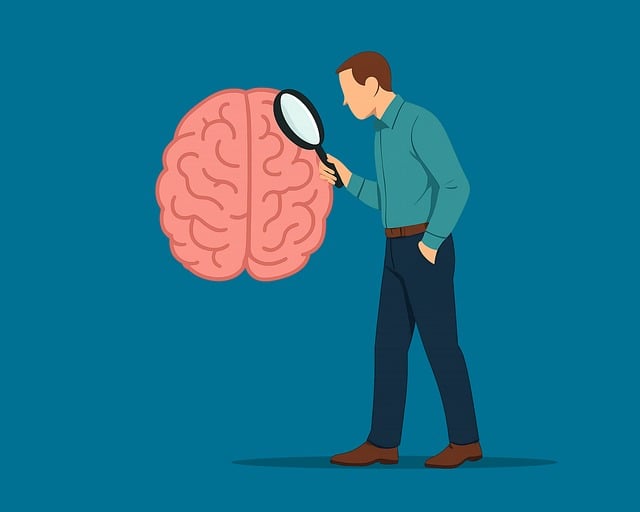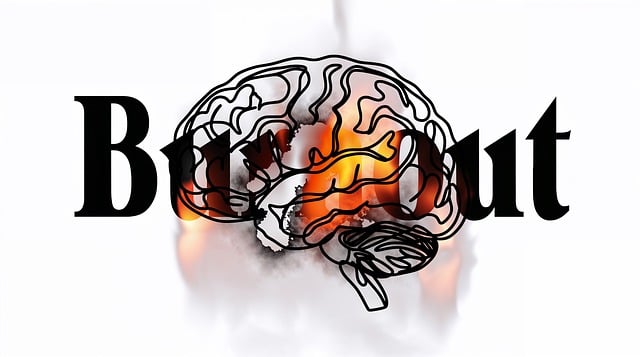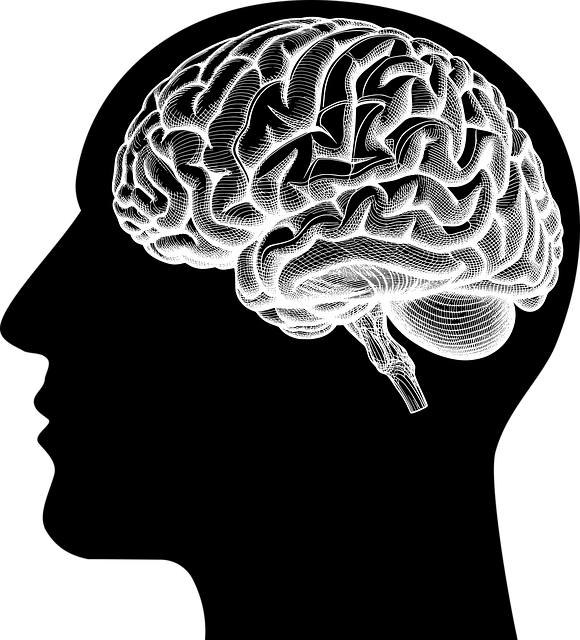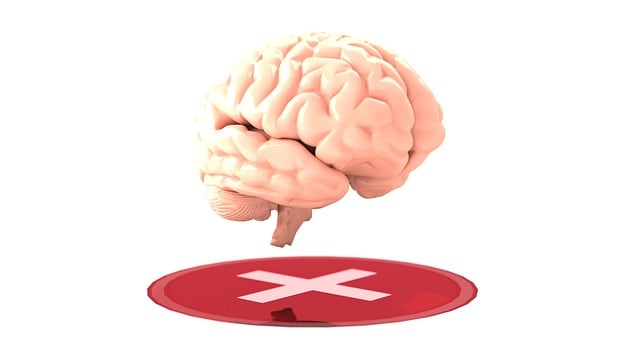Mental health data analysis leverages diverse sources like clinical assessments, wearable devices, self-reported surveys, and digital records to gain comprehensive insights. Techniques such as compassion cultivation and self-care routines enhance data quality. Integrating biofeedback, a non-invasive therapy tool empowering individuals to control bodily functions, significantly improves mental health outcomes when combined with traditional therapies. Advanced algorithms analyze physiological response data to create personalized treatment plans for adults, focusing on burnout prevention and self-regulation. Interpreting outcomes using both qualitative and quantitative methods guides practitioners in tailoring interventions for successful mental health journeys. Future trends include community outreach programs utilizing advanced analytics and personalized mental wellness coaching based on diverse datasets.
Mental health data analysis is a growing field, crucial for understanding and improving patient outcomes. This article explores key aspects of mental health data interpretation, from understanding its collection and sources to leveraging biofeedback in adult therapy. We delve into analyzing data to personalize treatment plans and measuring success, highlighting the significance of these practices. Additionally, we discuss future trends, ensuring professionals remain equipped with the latest tools. By embracing innovative techniques like biofeedback, therapists can enhance their approach to therapy for adults.
- Understanding Mental Health Data: Collection and Sources
- The Role of Biofeedback in Adult Therapy
- Analyzing Data to Personalize Treatment Plans
- Interpreting Outcomes and Measuring Success
- Future Trends in Mental Health Data Interpretation
Understanding Mental Health Data: Collection and Sources

Understanding mental health data involves recognizing the diverse sources and methods through which it is collected. This includes clinical assessments conducted by professionals such as psychologists, psychiatrists, and therapists for adults, who employ standardized tools to evaluate symptoms, diagnoses, and treatment progress. Additionally, wearable devices and mobile applications are increasingly popular tools that harness biometric data like heart rate variability and sleep patterns, offering valuable insights into mental health states.
Other sources of mental health data include self-reported surveys, online platforms facilitating therapy for adults, and digital records from healthcare institutions. Practices such as compassion cultivation and self-awareness exercises, alongside the development of a robust self-care routine, can enhance data quality by promoting better reporting and personal reflection. By integrating these various data streams, researchers gain comprehensive views into mental health trends and individual experiences.
The Role of Biofeedback in Adult Therapy

Biofeedback is a powerful tool that has been increasingly integrated into therapy for adults, revolutionizing mental wellness treatment. This non-invasive technique allows individuals to gain direct control over their bodily functions, thereby enhancing emotional intelligence and promoting self-regulation. During biofeedback sessions, therapists use sensors to monitor physiological responses like heart rate, muscle tension, and brainwave activity, providing clients with real-time data about their internal states.
By understanding these feedback signals, adults in therapy can learn to modify their reactions to stress, anxiety, or depression. The process fosters empathy building strategies within the individual, enabling them to respond to challenging situations more adaptively. As part of a comprehensive treatment plan, biofeedback complements other therapeutic modalities, contributing significantly to improved mental health outcomes and overall well-being.
Analyzing Data to Personalize Treatment Plans

Analyzing mental health data is a powerful tool to personalize treatment plans and improve patient outcomes. By delving into the numbers, professionals can identify patterns and trends that may be otherwise overlooked. This process involves complex algorithms and statistical methods to interpret vast datasets, enabling them to design tailored interventions for individuals seeking therapy for adults. The integration of biofeedback techniques further enhances this analysis by providing real-time data on physiological responses, offering a deeper understanding of a patient’s emotional state.
This approach is especially beneficial in addressing issues like burnout prevention and fostering self-care routine development for better mental health. By analyzing response patterns over time, therapists can adapt their strategies, encouraging positive thinking and promoting effective coping mechanisms. This personalized approach ensures that treatment stays relevant and responsive to each individual’s unique needs, ultimately improving the effectiveness of therapy sessions.
Interpreting Outcomes and Measuring Success

Interpreting outcomes is a critical step in mental health data analysis. By evaluating the effectiveness of interventions, such as therapy for adults and biofeedback techniques, practitioners can measure success and identify areas for improvement. This process involves assessing changes in client symptoms, behaviors, and overall well-being over time. Various qualitative and quantitative methods can be employed to gain insights from collected data, enabling professionals to make evidence-based decisions. For instance, tracking reductions in anxiety levels through structured assessments or observing improvements in self-esteem through open-ended feedback forms can offer valuable metrics for success.
Success in mental health treatment is multifaceted, extending beyond mere symptom reduction. It encompasses clients’ ability to manage their conditions effectively, enhance coping strategies, and maintain progress over time. Measuring success accurately requires a comprehensive approach that includes client self-report, clinical observations, and standardized measures. For example, integrating crisis intervention guidance into care plans can help gauge the timeliness and effectiveness of support during acute episodes. Ultimately, interpretation of outcomes guides practitioners in tailoring interventions to meet individual needs, ensuring personalized and successful mental health journeys.
Future Trends in Mental Health Data Interpretation

As technology continues to advance, future trends in mental health data interpretation will be greatly enhanced by innovative tools and techniques. One prominent trend is the increased integration of biofeedback into therapy for adults. Biofeedback offers a unique approach to mental wellness journaling, enabling individuals to track their progress and gain deeper insights into their emotional states through real-time data feedback. This technology can guide exercise and mindfulness practices, making it an invaluable resource for both therapeutic sessions and personal mental wellness coaching programs.
Community outreach program implementation is another area poised for growth. With the help of advanced analytics, healthcare professionals can identify at-risk populations and develop targeted interventions more effectively. Additionally, the development of tailored mental wellness coaching programs will benefit from these data trends. By leveraging insights from diverse datasets, coaches can create personalized guidance plans, fostering a more inclusive and accessible approach to mental health support that reaches beyond traditional therapy settings.
Mental health data analysis is a burgeoning field, crucial for personalizing treatment plans with therapy for adults incorporating biofeedback. By understanding and interpreting various data sources, healthcare professionals can make informed decisions, enhancing patient outcomes. The future of mental health care relies on these advancements, promising more effective and tailored interventions, including innovative applications of biofeedback in adult therapy.










